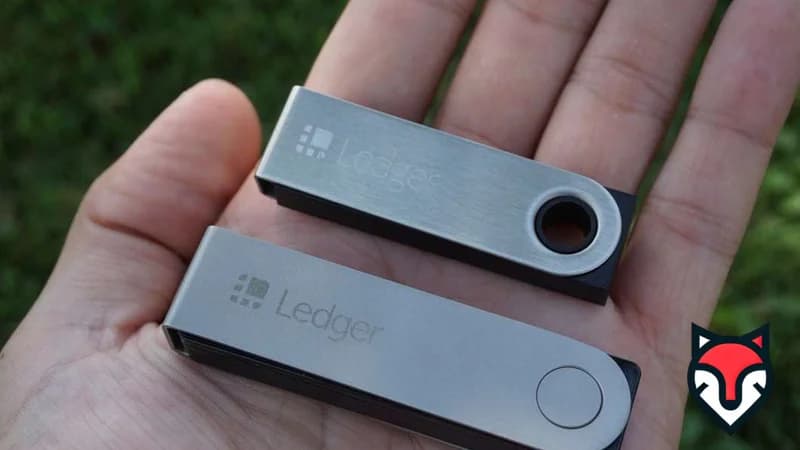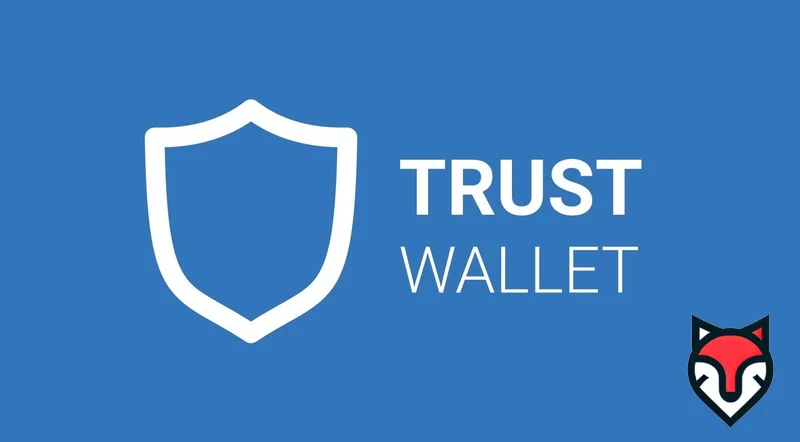Suggested
News
Last updated: Friday, March 28, 2025

Cardano ADA Review 2025 - A Proof-of-Stake Blockchain Rooted in Academic Research
As of March 28, 2025, Cardano (ADA) stands as a pioneering Proof-of-Stake (PoS) blockchain, renowned for its academic research-driven approach to decentralized technology. Launched in 2017 by Charles Hoskinson and Jeremy Wood through Input Output Hong Kong (IOHK), Cardano leverages its Ouroboros consensus protocol to deliver a scalable, secure, and sustainable alternative to Proof-of-Work (PoW) systems like Bitcoin. Unlike many blockchains that prioritize rapid deployment, Cardano’s methodical, peer-reviewed development has earned it a reputation for reliability and foresight. This comprehensive 2000-word review by cryptostats.xyz explores Cardano’s technology, ecosystem, founders, governance model, price performance, competitive landscape, future roadmap, trading strategies, strengths, weaknesses, and real-world impact, offering a multidimensional perspective on its role in the Web3 era.
Technology and Ouroboros Protocol
At the heart of Cardano lies Ouroboros, the first provably secure PoS consensus protocol, introduced in a 2017 peer-reviewed paper by IOHK researchers. Unlike PoW, which consumes vast energy—Bitcoin uses more electricity annually than some countries—Ouroboros achieves consensus through stake pools, making Cardano 4 million times more energy-efficient than Bitcoin, according to IOHK metrics. As of 2025, it processes over 250 transactions per second (TPS) with a 2-second finality, a significant leap from its initial 50 TPS in 2017. The Extended Unspent Transaction Output (EUTXO) model underpins its smart contract capabilities, offering a deterministic alternative to Ethereum’s account-based system. Developers use Plutus, a Haskell-based language, or Aiken, a newer, lighter option, to build secure contracts. The Chang hard fork, implemented in January 2025, refined staking rewards and introduced adaptive issuance, reducing block times from 20 to 15 seconds, per Cardano’s official blog. This upgrade also bolstered interoperability with Layer 2 solutions like Hydra, pushing Cardano closer to its scalability goals.
Ecosystem and Adoption
Cardano’s ecosystem has matured significantly by 2025, hosting over 400 decentralized applications (dApps) with a Total Value Locked (TVL) of $700 million, according to DeFi Llama’s March 2025 report. DeFi platforms like SundaeSwap and Minswap dominate, offering decentralized trading with fees as low as $0.0001 per transaction—a fraction of Ethereum’s gas costs. NFT marketplaces such as JPG Store have minted over 1 million tokens, fueled by Cardano’s low-cost minting process. Beyond finance, Cardano powers real-world initiatives: Ethiopia’s education ministry uses it to issue digital IDs for 5 million students, a project lauded by CoinGape as a blockchain benchmark. New Balance’s 2019 supply chain pilot has evolved into a full-scale tracking system by 2025, per IOHK updates. The Hydra Layer 2 solution, live since 2024, targets 1 million TPS by sharding transactions into ‘heads,’ though full adoption remains in progress. These developments highlight Cardano’s versatility, bridging speculative crypto with tangible utility.
Founders and Academic Roots
Cardano’s origins trace back to 2015, when Charles Hoskinson, an Ethereum co-founder, and Jeremy Wood established IOHK to build a blockchain grounded in scientific rigor. Dissatisfied with Ethereum’s ad-hoc upgrades, Hoskinson envisioned a platform where every feature undergoes peer review. Collaborations with universities like Edinburgh and Tokyo Tech have produced over 100 academic papers, shaping Ouroboros and EUTXO. This contrasts sharply with Ethereum’s early trial-and-error approach or Solana’s rapid iteration. By 2025, IOHK, alongside the Cardano Foundation and Emurgo, drives development, with Hoskinson’s vocal X presence amplifying Cardano’s vision. Critics argue this academic focus slows progress—Cardano took four years to launch smart contracts (Alonzo, 2021)—but proponents say it ensures long-term stability, a trade-off evident in its fork-free history.

Governance and Voltaire Era
The Voltaire era, spanning 2024-2025, marks Cardano’s shift to fully decentralized governance via CIP-1694, ratified in late 2024. ADA holders—4.8 million wallets as of Cardano Blockchain Insights—vote on protocol upgrades and funding proposals, a stark contrast to Ethereum’s off-chain governance by core developers. The treasury, funded by transaction fees and staking rewards, disbursed $50 million in 2024 for ecosystem projects, per X posts from IOG’s Fergie. The process involves four stages: proposal submission, community discussion, voting, and implementation, requiring 51% approval from stake pools. This democratic model empowers users but faces challenges—low voter turnout (30% in early 2025) and complex proposals slow decision-making. Still, Voltaire positions Cardano as a leader in on-chain governance, rivaling Tezos’ self-amending system.
Price Performance
ADA trades at $0.73 as of March 27, 2025 (CoinMarketCap), reflecting a 31% gain in 2024 after smart contract adoption surged, per Messari’s Q1 report. Its all-time high of $3.10 in 2021 was driven by Alonzo hype, but a 78% spike in January 2025 followed Trump’s inclusion of ADA in a U.S. crypto reserve (CoinLedger). Despite this, ADA remains volatile—down 76% from its peak—mirroring broader market trends. Analysts at Cryptopolitan forecast $1.5-$2 by year-end, citing Hydra’s rollout and governance milestones, though bearish voices on X warn of a $0.50 dip if adoption lags. Cardano’s 13th-ranked $26B market cap underscores its staying power, but it trails Ethereum’s $400B dominance.
Competitors and Market Position
Cardano competes with Ethereum (smart contract leader), Solana (speed-focused), and Tezos (self-upgrading). Its $0.0001 fees and stability outshine Solana’s outages—Solana halted five times in 2024 (CoinDesk)—while Ouroboros’ energy efficiency trumps Ethereum’s pre-2022 PoW era. Tezos shares Cardano’s upgrade philosophy, but Cardano’s academic depth and Hydra scaling give it an edge. Ethereum’s 10,000+ dApps dwarf Cardano’s 400, and Solana’s 1,000 TPS exceeds Cardano’s current 250. Yet, Cardano’s deliberate pace—avoiding Solana’s rushed bugs—offers reliability, appealing to risk-averse developers and institutions.
Future Roadmap
Cardano’s 2030 roadmap, outlined by IOG’s Fergie on X, spans 34 workstreams, from Hydra optimization to the Midnight privacy chain. Hydra, targeting 1 million TPS, could process Visa-scale volumes by 2027 if each head handles 1,000 TPS, per IOHK’s 2024 paper. Midnight, a zero-knowledge sidechain, aims to rival Monero by 2026, focusing on privacy-first dApps. The Basho and Voltaire phases (2024-2025) enhance scalability and governance, with TVL projected to hit $2 billion by 2026 (PricePrediction). Analysts forecast ADA at $5-$10 by 2030 if adoption scales, though regulatory risks—e.g., SEC’s 2023 scrutiny (CCN)—and slow dApp growth could cap it at $3. Cardano’s research focus promises longevity, but it must accelerate real-world impact.
Trading Strategies
For long-term traders, buy ADA at $0.60-$0.70 support levels, targeting $1.5-$2 by year-end, per TradingView’s 50-day moving average. Swing traders can exploit $0.73-$0.90 ranges, using RSI to catch overbought signals near $0.85. Governance votes and Hydra updates on X often trigger 10-20% spikes—watch IOG announcements. Risks include SEC labeling ADA a security (2023), suggesting stop-losses at $0.55. Patience is key; Cardano’s slow burn contrasts with Solana’s volatility.
Strengths and Weaknesses
Strengths: Cardano’s energy efficiency (carbon-neutral, UCL studies), academic rigor (100+ papers), and governance model shine. Its fork-free upgrades ensure stability, unlike Ethereum’s contentious splits. Weaknesses: Slow development—smart contracts took four years—lags behind Ethereum’s 10,000 dApps and Solana’s speed. Marketing struggles also hinder visibility. Cardano trades speed for reliability, a double-edged sword in Web3’s race.
Real-World Impact
Cardano’s Ethiopia project, launched in 2021, now secures 5 million student IDs, reducing fraud and boosting education access (CoinGape). Atala PRISM powers identity solutions in Georgia and Mongolia, per Cardano.org, aiding unbanked populations. Its PoS model aligns with ESG trends—emitting 0.5g CO2 per transaction vs. Bitcoin’s 700kg (UCL)—attracting eco-conscious firms. The New Balance pilot evolved into a 2025 supply chain standard, tracking 10M+ products. These initiatives showcase Cardano’s potential beyond speculation, though scaling remains critical.
Conclusion
Cardano’s research-driven PoS framework positions it as a 2025 Web3 contender. Its Ouroboros protocol, governance innovations, and real-world projects reflect a commitment to sustainability and reliability, even if its pace trails flashier rivals. With Hydra and Midnight on the horizon, Cardano could redefine blockchain utility by 2030, provided it balances academia with adoption. Explore more at cryptostats.xyz. Can Cardano’s slow-and-steady approach win the Web3 race?
Related Articles
- U.S. Strategic Crypto Reserve: Boosting Blockchain Adoption and Scalability
- Bluesky: The Decentralized Social Network Shaping the Future of Crypto and Web3
- Crypto and AI Beyond Trading: Transforming Education, Governance, and Society
- Quantum Computing Threat to Crypto: Encryption Risks and Solutions in 2025
- Interoperability: How Polkadot and Cosmos Connect Blockchains in 2025
- Bitcoin Rebounds Strongly in 2025 Thanks to Trump’s Crypto Policies
- Bybit’s Response to the $1.5 Billion Hack: A One-Year Recovery Plan Unveiled
- Interpol Red Notice Targets Crypto Founder: A Spotlight on Legal Gaps in 2025
- New Blockchain Technologies in 2025: Modular and Parallel Innovations
- Synthetic Assets: Tokenized Derivatives and Top Projects in 2025
Hashtag:





